Summer can bring great riding weather, but sometimes it goes overboard and brings excessive heat as well as humidity which can bring your riding to a grinding halt.
The biggest thing to heat is how used to it you are, or acclimated. Remember in the early spring when 60 degrees Fahrenheit (15.6°C) used to feel like balmy shorts and jersey weather? And now, during summer, you practically want a jacket and gloves for the same temperature. Your body becomes adapted to heat over time but if you try and ride in excessive heat before your body is ready for it you can pay dearly.
Whether you are adapted to it or not, you need to take the necessary steps to stay hydrated and cool before, during, and after your ride. Doing so will not only keep you out of the hospital but also make your rides in the heat more enjoyable.
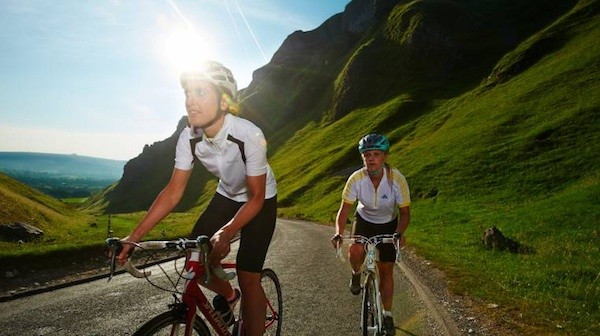
Biking in the Heat
Acclimating
Getting used to riding in the heat is the first step to being able to ride comfortably and efficiently when the mercury goes up. Hopefully the temperature eases its way up but if it doesn’t, try avoiding the heat of the day and ride in the early morning before it warms up too much. If you are traveling someplace where it is considerably warmer or if you see in the weather forecast that the temperature is going to be hot, overdress on your rides now. Wear an extra jacket or vest to add a few degrees to your body. Don’t go overboard but if you do, you can simply take it off and cool down. This is an easy way to prepare for riding in the heat without yet having the heat around to ride in.
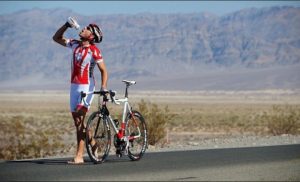 Hydrating
Hydrating
Whether it is cold or warm you should always hydrate properly. When it’s cold your body won’t feel as inclined to drink as it is to eat but you should make sure to drink enough. When it gets warm those tendencies switch. You need to drink more than just water as your body needs electrolytes to continue functioning at the same level. Salt, or sodium, along with potassium, magnesium, and calcium will help your body to continue muscle function as well as other life essentials. Electrolytes allow your cells to absorb the nutrients they need (in short). Depending upon how hot it is and how hard you are riding, you should roughly be aiming to drink one 24oz. bottle each hour. This should be primarily sports drink mix but can be supplemented with water.
Prior to riding in the heat you need to make sure you are hydrated going into the hot ride. Focus on drinking enough water and carry around a water bottle throughout your day and make a mental note to drink to thirst. This combined with having enough salt in your meals will help your body to be fully hydrated going into your ride. Half an hour or so before your ride you can start drinking small amounts of your sports drink mix. Drinking it before this is not necessary unless it is an electrolyte only drink that only contains electrolytes and no sugar or carbohydrates. Save them for the ride as your body will need and burn them then.
Following a ride you still need to make sure you hydrate. Having a super sugary drink such as soda or a strong sports drink can make your stomach upset so focus on water with electrolytes and some sugar and carbohydrates. A post workout recovery drink can be a good option which combines protein and other building blocks to help you recover from your ride.
Some good food options to eat during the heat are those that are simple and easy to digest. You will want to go lighter on the protein as well as fat as they are harder to digest. Some foods like homemade rice cakes give a good balance of water in the food itself so your stomach doesn’t need to pull water from elsewhere in your body to digest. At rest stops, foods like watermelon and cantaloupe give a big punch of water so stock up on these if they’re available.
Staying Cool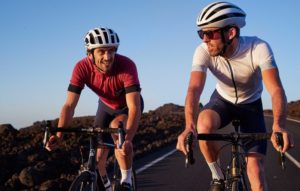
Along with drinking enough during your ride you will want to make sure you stay cool as well. This starts with wearing a jersey that is made of a light material that is also light in color. Having a lighter jersey will allow air to more easily pass through as well as to more quickly absorb and evaporate sweat from your skin which is how your body keeps cool. Having a lighter color jersey will keep you much cooler as it will absorb less of the sun’s rays by reflecting much more of its energy. Some riders find that unzipping their jersey all the way helps to get more air across their chest thus keeping them cooler. This can be true if you have a hot jersey but a lot of warm weather jerseys are designed to stay zipped up to wick sweat and keep you cool.
Some riders, particularly racers, in the heat will put ice socks on the back of their neck in their jersey. This may feel good but it actually does more harm than good as the extreme cold on the skin sends a shock to your body causing it to send blood to the core instead of to the skin where it can dissipate heat. The best way to stay cool is to continually squirt water on your head, the back of your neck, and shoulders as this will help to dissipate heat more effectively.
Riding in extreme heat can be dangerous so if it’s too hot, simply don’t ride. But if it’s not crazy hot and you are ready for it, biking in the heat can give you more days of good weather riding. Prepare ahead of time and make sure you bring enough water as well as know where your stopping points are mid-ride as well as what your options are if you need to bail out half-way through. Riding in the heat can also help to raise your VO2 max as well as help you shed some extra weight. Stay safe and stay smart and you can come to enjoy riding in the heat!
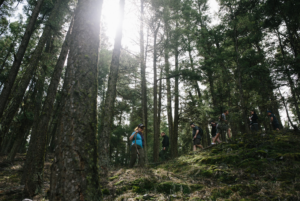
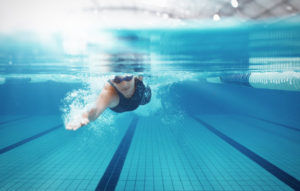 Who doesn’t want to go hit up the beach in the summertime? Whether it be in your nearest body of water or the local pool, swimming is one of the best ways to exercise while injured. It is also one of the more efficient strength and cardio workouts.
Who doesn’t want to go hit up the beach in the summertime? Whether it be in your nearest body of water or the local pool, swimming is one of the best ways to exercise while injured. It is also one of the more efficient strength and cardio workouts.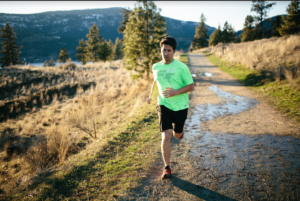
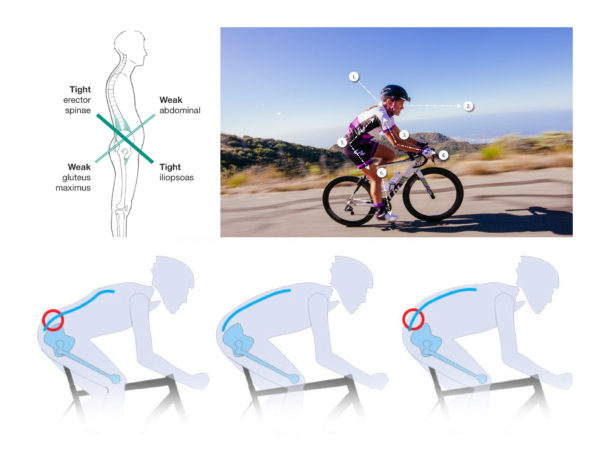
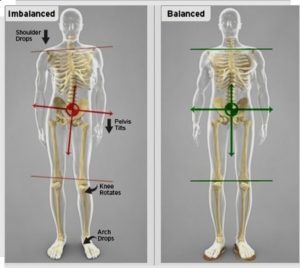 if action is not taken. Not only will shortened muscles impact your efficiency, comfort, and aerodynamics on the bike, but they will eventually lead to injury.
if action is not taken. Not only will shortened muscles impact your efficiency, comfort, and aerodynamics on the bike, but they will eventually lead to injury.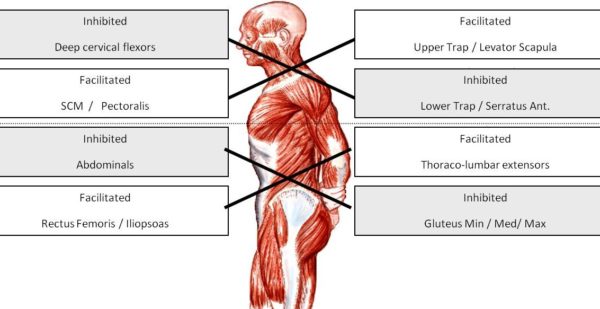
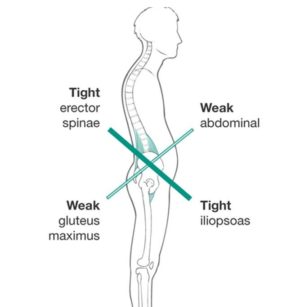 abdominals and gluteals, are never fully engaged in cycling, while the facilitated muscles, rectus femoris (quadraceps), iliopsoas and thoraco-lumbar extensors are always engaged and often overworked. Constantly engaging those lower back muscles without proper support from a stable core often results in lower back pain for cyclists.
abdominals and gluteals, are never fully engaged in cycling, while the facilitated muscles, rectus femoris (quadraceps), iliopsoas and thoraco-lumbar extensors are always engaged and often overworked. Constantly engaging those lower back muscles without proper support from a stable core often results in lower back pain for cyclists.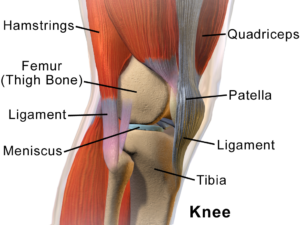 To make matters more complicated, the ITB runs down the outside of the thigh and blends into the outside of the knee. ITB stands for iliotibial band and is a well known potential source of trouble for cyclists, runners and active people in general. The ITB is also attached to your glutes (buttock muscles) and hip flexors. Often when looking for the source of knee pain we have to pay close attention to hip flexibility and control.
To make matters more complicated, the ITB runs down the outside of the thigh and blends into the outside of the knee. ITB stands for iliotibial band and is a well known potential source of trouble for cyclists, runners and active people in general. The ITB is also attached to your glutes (buttock muscles) and hip flexors. Often when looking for the source of knee pain we have to pay close attention to hip flexibility and control.
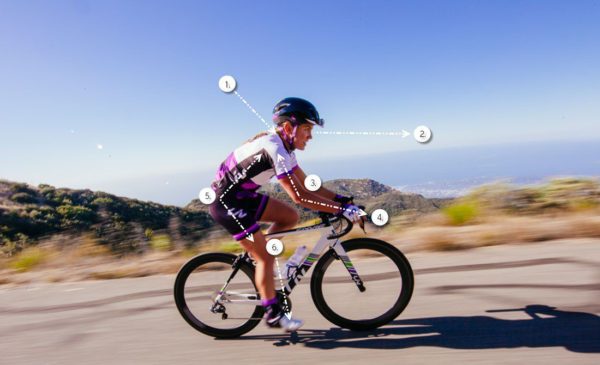
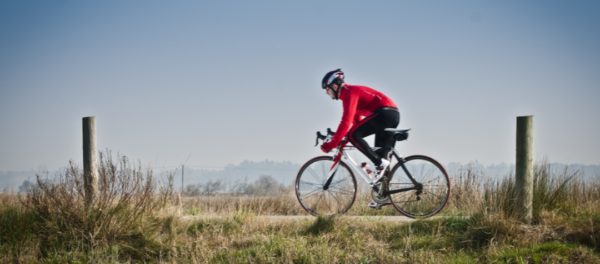
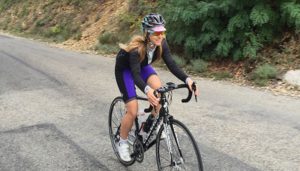
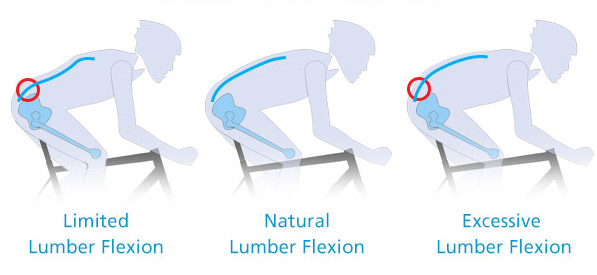
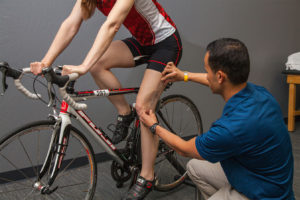 Proper bike fit
Proper bike fit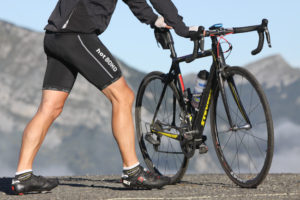
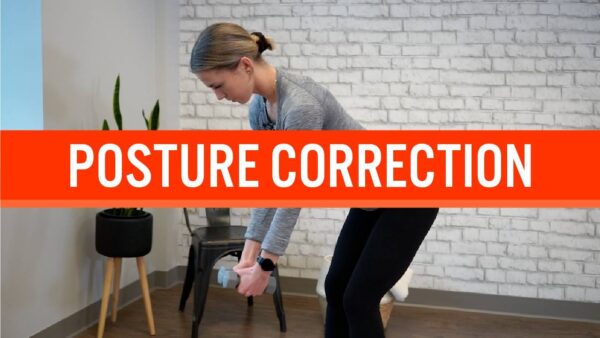
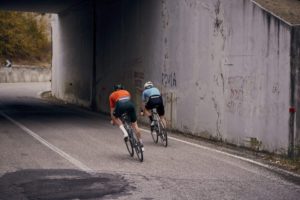
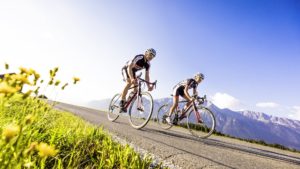 Relax
Relax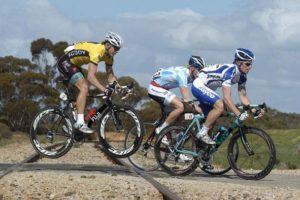
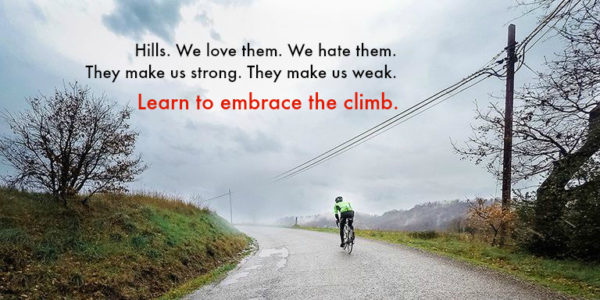
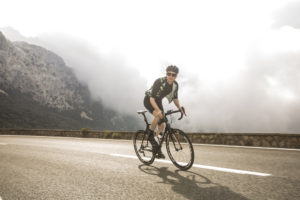
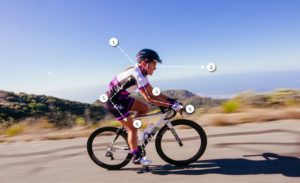 Find Your Power Position
Find Your Power Position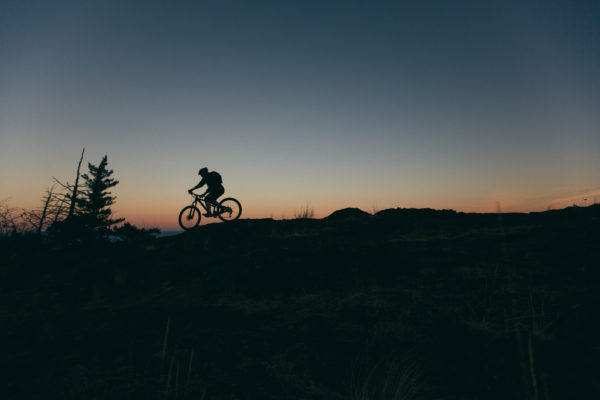

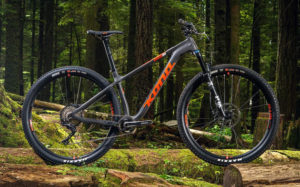
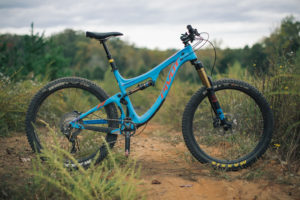
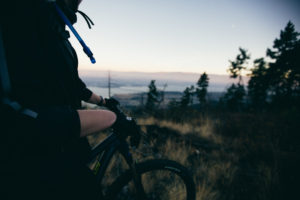
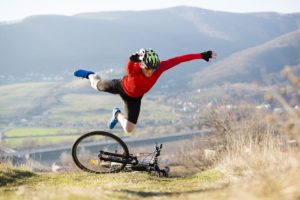
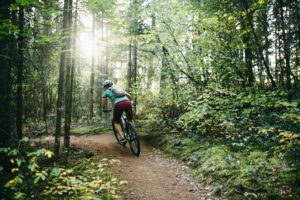 Riding through corners
Riding through corners
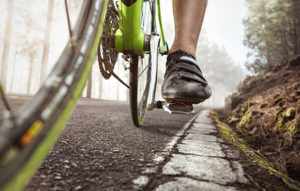
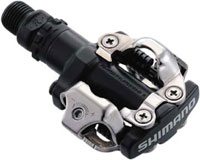
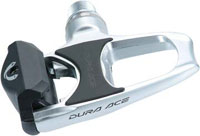
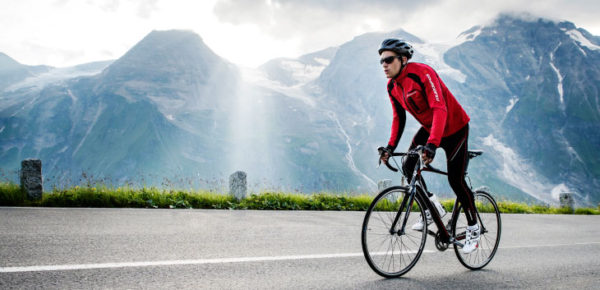
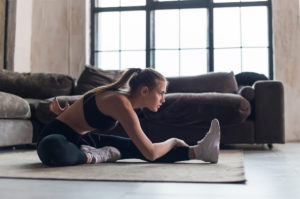 Stretch & Roll
Stretch & Roll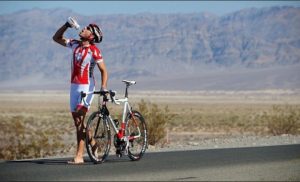

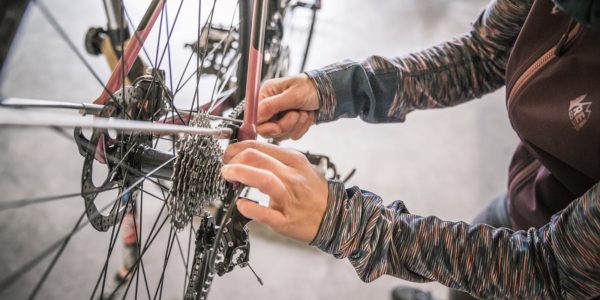
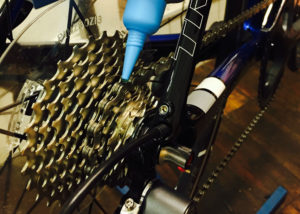
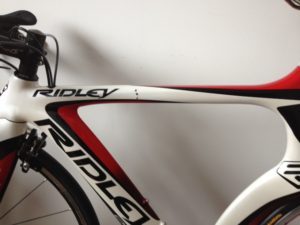 4. Inspect Your Bike
4. Inspect Your Bike